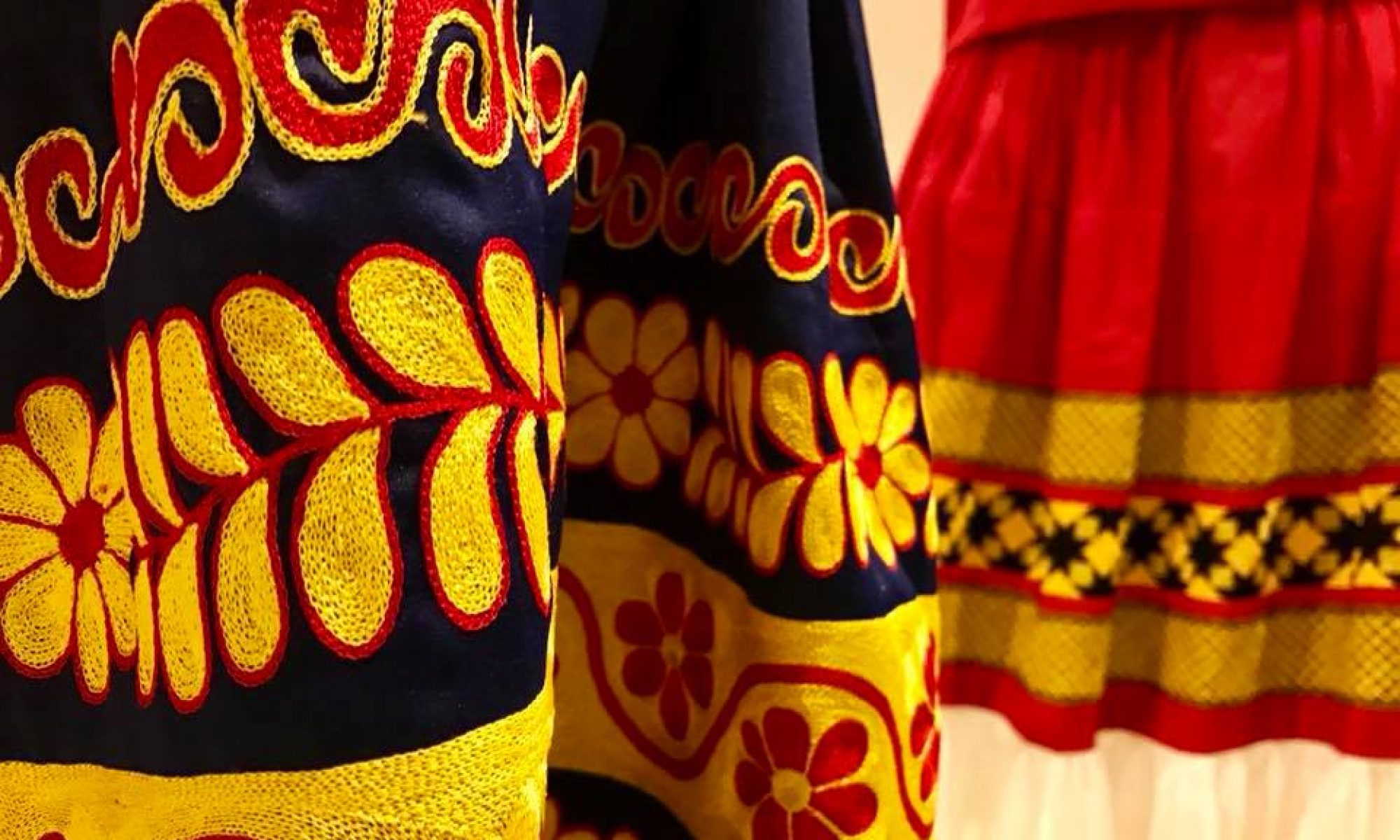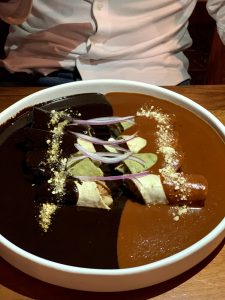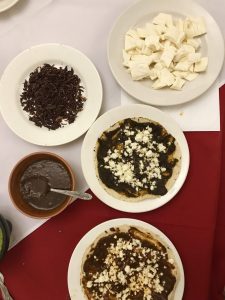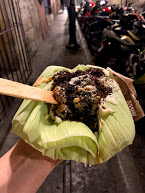“Food security” is enjoying physical and economic access to reliable sources of sustenance. The safe and non-exploitative nature of a food source is integral to its role in “food security.” Non-exploitative access to food requires alignment with cultural and physiological preferences of a community as well as control over food sources on a community level. This is a condition of having “food security” more so than externally provided or selected food sources. Access to nutrition is a universal need and right of every community and individual, making this a vital consideration when examining indigenous history and relations with colonial occupations. “Food security” can be considered to exist when all people in a community have access to safe and reliable foods whenever necessary.
Pinstrup-Anderson describes food security as meaning “that enough food is available, whether at the global, national, community, or household level” (5). They also make reference to a definition that was created at the World Food Summit in 1996: “food security exists when all people at all times, have physical and economic access to sufficient safe and nutritious food to meet their dietary needs and food preferences for a healthy and active life” (5). They highlight that people with equal access to food could show different levels of food security, due to having different food preferences (5).
The 2009 Bolivian constitution recognizes both the human rights to water and food; and potable water, sanitation, irrigation and small-scale agriculture are all deemed important. In reality, tensions between water for agriculture, urban use, mining and industry abound and often get in the way of ensuring the water and food security of indigenous and poorer populations (Mehta, 1).
Works Cited:
Pinstrup-Andersen, P. “Food security: definition and measurement”. Food Sec. 1, 5–7 (2009). https://doi-org.ezproxy.library.ubc.ca/10.1007/s12571-008-0002-y
Mehta, L., Oweis, T., Ringler, C., Schreiner, B., Varghese, S. Water for Food Security, Nutrition and Social Justice, 2019. 1st ed., London: Routledge, https://doi-org.ezproxy.library.ubc.ca/10.4324/9781351747622
Entry by: Cynthia, Fernanda, Natalia, Ili with minor revisions by Tamara ????




